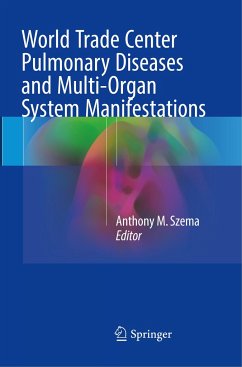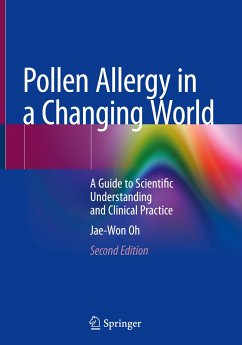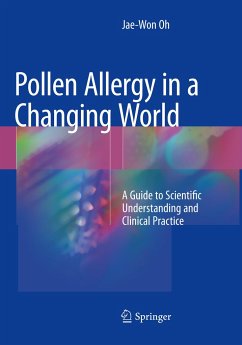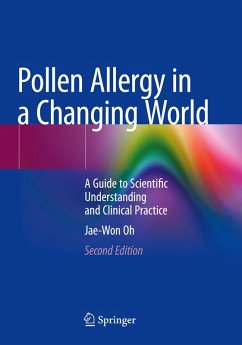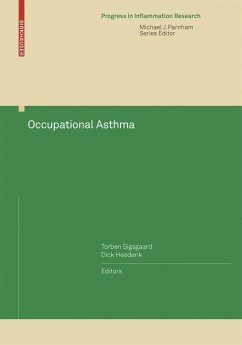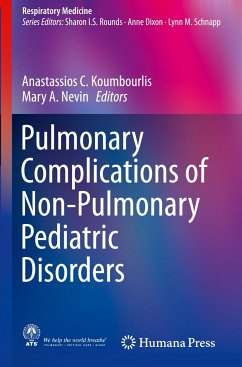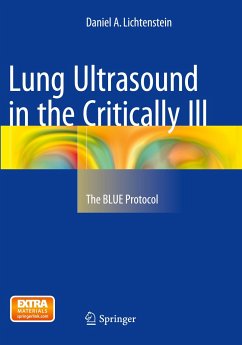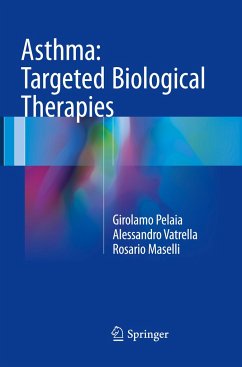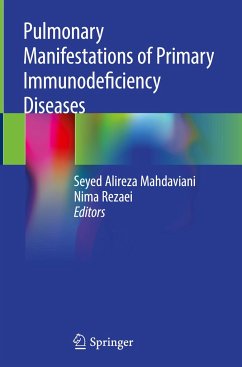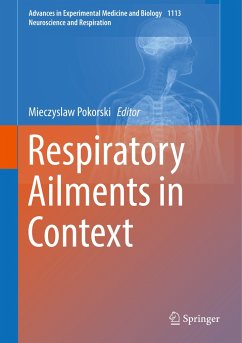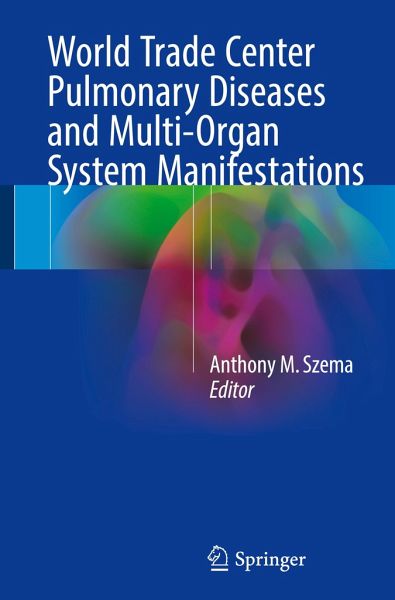
World Trade Center Pulmonary Diseases and Multi-Organ System Manifestations

PAYBACK Punkte
19 °P sammeln!
This book addresses the pulmonary and non-pulmonary manifestations related to exposure to airborne hazards after the collapse of the World Trade Center. Leading experts consider both short and long term effects on survivors, first responders, and residents of surrounding areas and offer clinical practice guidelines for treatment. Respiratory complications are the most obvious manifestation, but the text additionally covers oncology, psychiatry, and other organ systems for both adults and children. Knowledge of the medical ramifications from the World Trade Center collapse has broad scientific ...
This book addresses the pulmonary and non-pulmonary manifestations related to exposure to airborne hazards after the collapse of the World Trade Center. Leading experts consider both short and long term effects on survivors, first responders, and residents of surrounding areas and offer clinical practice guidelines for treatment. Respiratory complications are the most obvious manifestation, but the text additionally covers oncology, psychiatry, and other organ systems for both adults and children. Knowledge of the medical ramifications from the World Trade Center collapse has broad scientific applicability to occupational and environmental medicine, preventive medicine, and epidemiology. With the advent of bioterrorism since 9/11, understanding prevention, treatment, monitoring, and basic and clinical research aspects of particulate matter air pollution is relevant and critically important to being a medical provider. This book will prove useful to pulmonologists, primary care providers, epidemiologists, psychiatrists, occupational and environmental specialists, allergists, immunologists, toxicologists and public policy experts.



